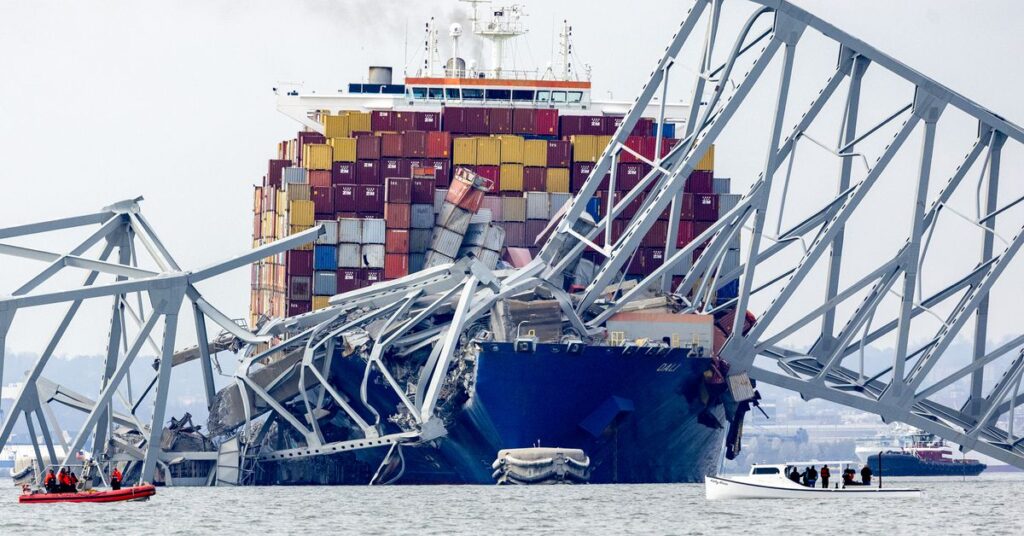Baltimore woke up yesterday to horrific images of the Francis Scott Key Bridge collapsing into the harbor after the cargo ship Dali lost power and collided with a support column.
It’s a horrible tragedy — six construction workers who were on the bridge at the time are missing and presumed dead — and one that will likely take at least several billion dollars to repair.
In a small bright spot, the macroeconomic impact will likely be limited. (While Baltimore is the US’s 17th largest port and there will be some costs and delays, particularly around automobiles and coal, other ports will quickly handle rerouted container ships.)
There is a reason, however, that economic concerns immediately spiked: The global shipping industry is having a bit of a rough time right now.
International shipping traffic is being choked at two separate, vital points — the Panama Canal in the Western hemisphere and the Suez Canal in the Eastern — which combined account for more than half of the container shipping that links Asia and North America.
And as awful as this Baltimore incident was, it was, by all accounts, a rogue accident. The root causes of these other disruptions, though? They’re not quite as easily fixed.
Oh, plus pirates are back.
Global shipping’s current problems, briefly explained
The Baltimore incident encapsulates one thing really well: just how globalized the shipping industry is. The Dali was a Singapore-flagged ship, with an all Indian-nationality crew, operated by the Danish company Maersk and on its way to Sri Lanka. (Thankfully, there were no injuries reported among the crew of the ship.)
This degree of interconnectedness — and how fragile it all is — probably feels familiar by now. Remember the wide swath of consumer goods that were subjected to back orders and shortages in 2021 as the global supply chain fell victim to a series of interconnected problems, including (but definitely not limited to) issues with container ships and ports?
Read the full article here





